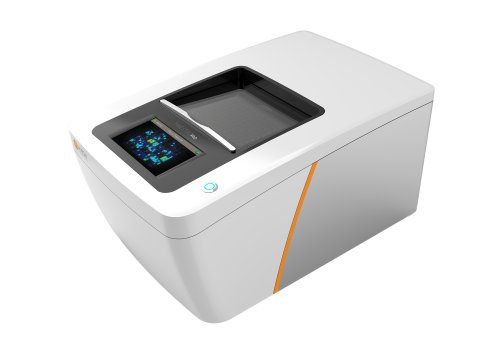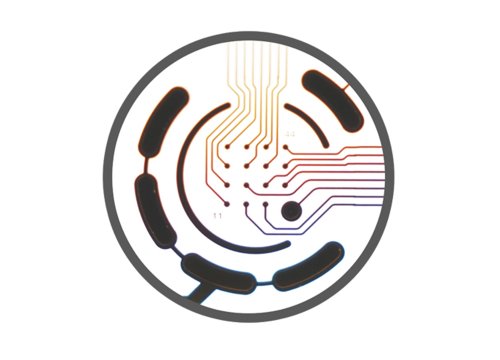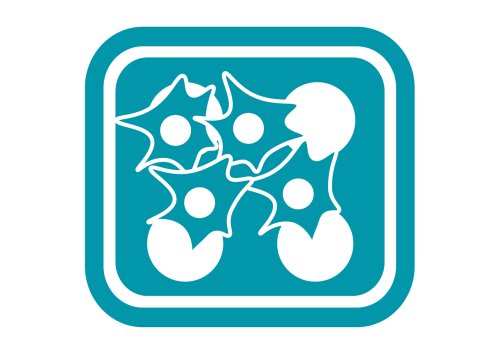Authors: Yuki Seki, Masaki Mikamoto, Atsuko Ojima, Ikue Mihara, Minako Iwamoto, Aoi Odawara, Yasuaki Goto, Tomohiko Taniguchi, Motohiro Shiotani, Takashi Yoshinaga, Shoji Asakura, Yuto Ishibashi, Naoki Matsuda, Ikuro Suzuki, and Norimasa Miyamoto
Toxicological Sciences, 24 April 2025
Researchers use rat primary cortical neurons on Axion BioSystems’ next-generation Maestro Pro MEA system to predict seizure risk early in drug development.
In this study, researchers evaluated whether in vitro MEA assays using rat primary cortical neurons can predict drug-induced seizure risk, an important safety concern in early drug development. Using the Maestro MEA system, the authors measured electrophysiological activity—specifically network burst frequency (NBF)—in response to 14 seizure-inducing drugs and found that increases in NBF correlated with convulsive drug concentrations in vivo. This study demonstrates that MEA assays can serve as a reliable and predictive tool for early-stage seizure liability screening and noted that the method “offers several advantages over in vivo observation: 1) minimal compound requirement, 2) shorter evaluation period, and 3) reduced animal usage. While in vivo experiments need 5,000-10,000 milligrams of compound, in vitro evaluations require only about 10 milligrams.”



